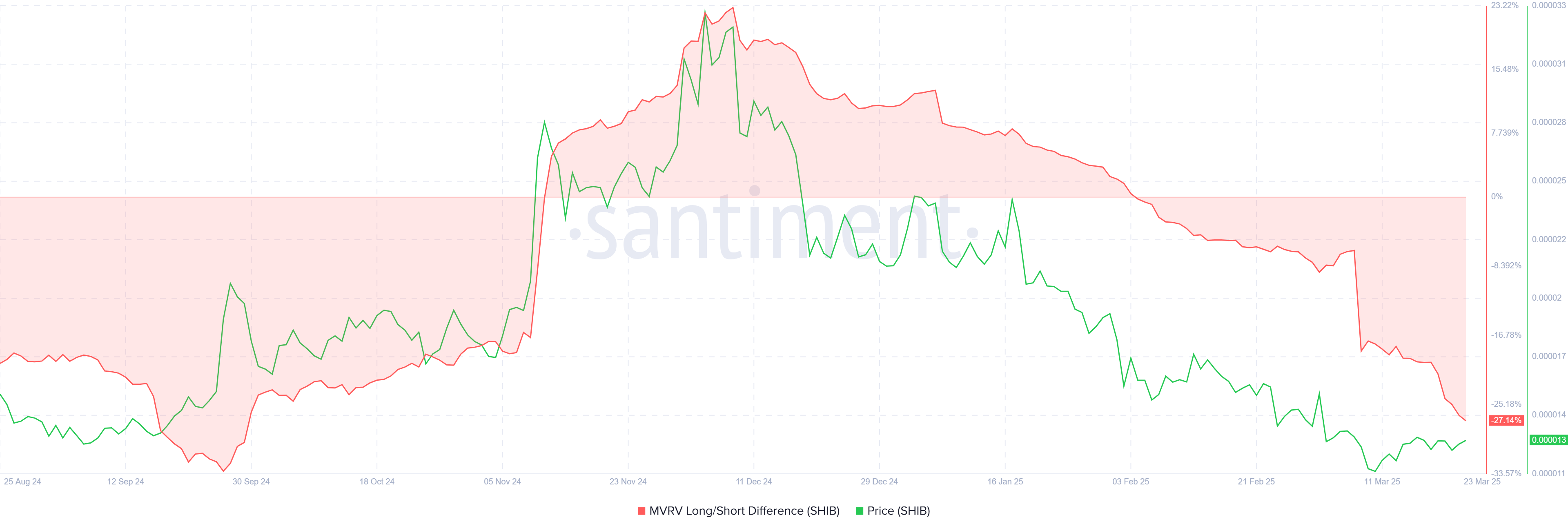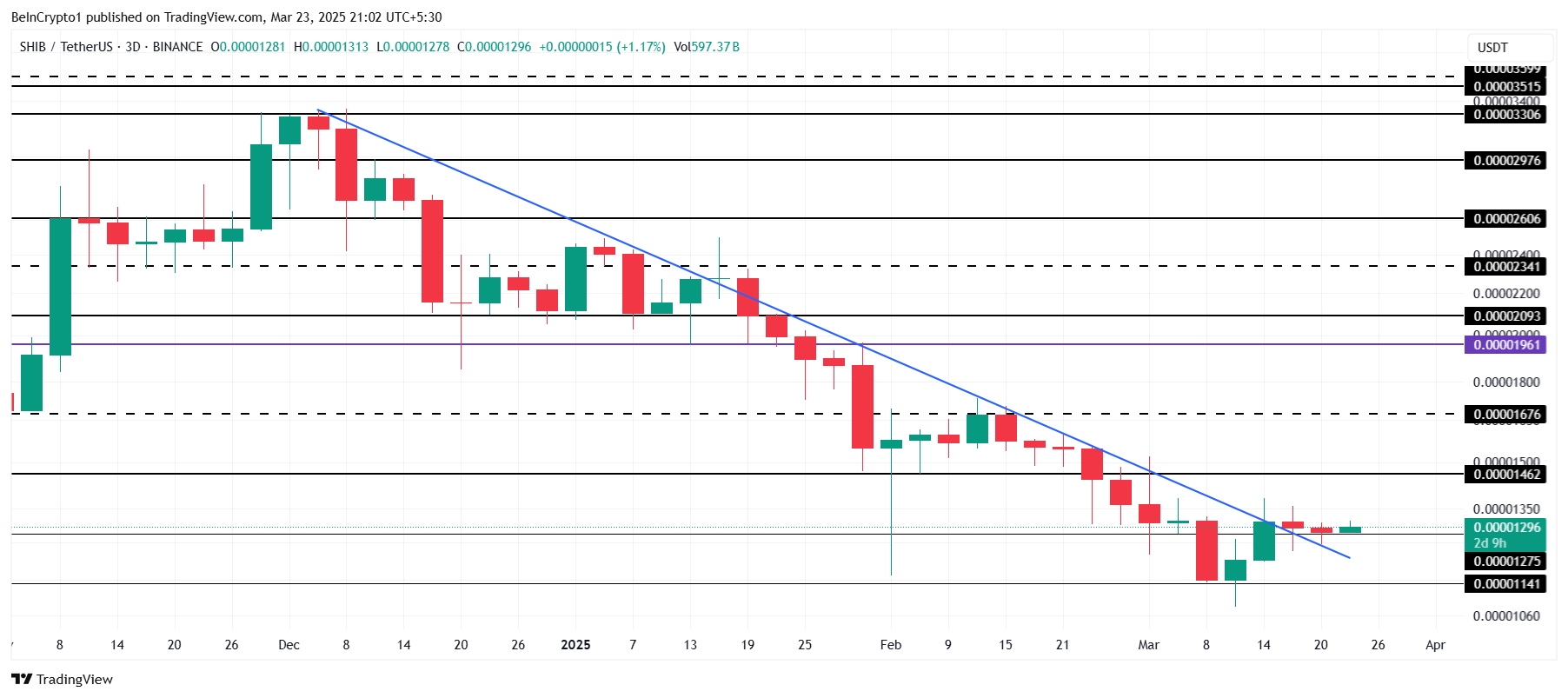In a bid to contain Zimbabwe’s escalating economic turmoil, the Reserve Bank of Zimbabwe (RBZ) has sharply devalued its gold-backed currency, the Zig, by over 40% against the U.S. dollar. This drastic move, made on Friday, signals mounting challenges in the country’s efforts to restore financial stability. The new exchange rate sets the Zig at 24 to $1 (or £0.75), according to a statement from the RBZ’s Monetary Policy Committee.
The central bank’s decision, which was reported by Reuters, marks a significant shift in the government’s economic policy. By allowing greater exchange rate flexibility, the RBZ hopes to address “emerging exchange rate risks,” as well as to stabilize inflation and prices in the short term. Yet, this devaluation highlights the ongoing struggle to gain public confidence in the new currency, launched just over six months ago.
A Devalued Dream – The Zig’s Struggles
Although the Zig—short for Zimbabwe Gold—had initially maintained its official value, the situation on the black market paints a different picture. Most Zimbabwean businesses source U.S. dollars from this informal market, where the Zig has lost more than half of its value since its launch. This currency collapse reflects the broader economic crisis, exacerbated by the population’s historical mistrust of the central bank.
Many Zimbabweans have been reluctant to abandon the U.S. dollar, which remains legal tender alongside the Zig. Memories of the 2008 hyperinflation crisis, when the government printed trillion-dollar Zimbabwean banknotes as inflation soared out of control, have left deep scars. Confidence in the local currency, even one backed by gold, remains fragile.
Demand for U.S. Dollars Soars
The Zig’s steep devaluation is largely driven by the increasing demand for U.S. dollars. This pressure intensified following warnings from major retailers that they would be forced to close stores if the exchange rate remained fixed. For Zimbabweans, access to U.S. dollars provides a lifeline amid the country’s ongoing inflation struggles, further complicating efforts to encourage widespread adoption of the Zig.
Despite its gold-backing, the Zig’s volatility on the black market suggests that even tangible assets cannot counter the country’s entrenched economic challenges. The government’s sixth currency in just 25 years, the Zig was intended to stabilize the economy, yet its rapid depreciation indicates that the country’s financial woes are far from over.
The Road Ahead
As the RBZ takes drastic measures to contain the currency crisis, the future of the Zig remains uncertain. The central bank’s efforts to restore economic stability through devaluation could provide short-term relief, but the long-term success of Zimbabwe’s financial recovery hinges on rebuilding public trust.
For now, Zimbabweans are left grappling with yet another devaluation, as the country’s economy remains stuck in a cycle of instability. Whether the Zig can rebound and provide a stable alternative to the U.S. dollar remains to be seen, but the central bank’s latest move is a stark reminder of the difficulties in stabilizing a fragile economy.
Also Read: China Unleashes Stimulus Surge – FXI Jumps 16% In 5 Days Amid Economic Recovery Push
As the RBZ continues to adjust its monetary policies, many will be watching closely to see if this latest effort can anchor inflation and prevent further economic deterioration.







